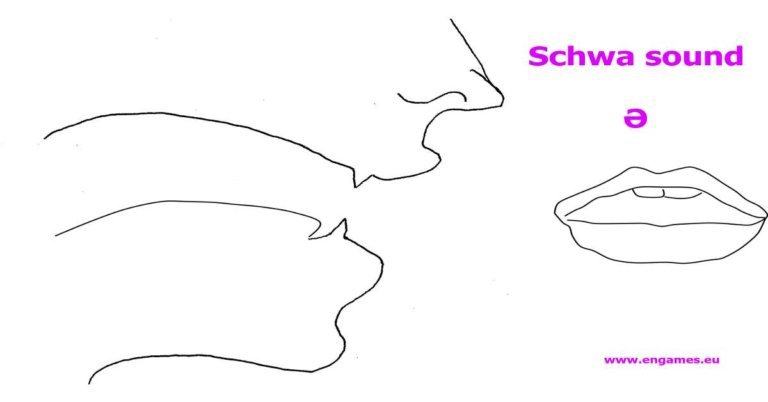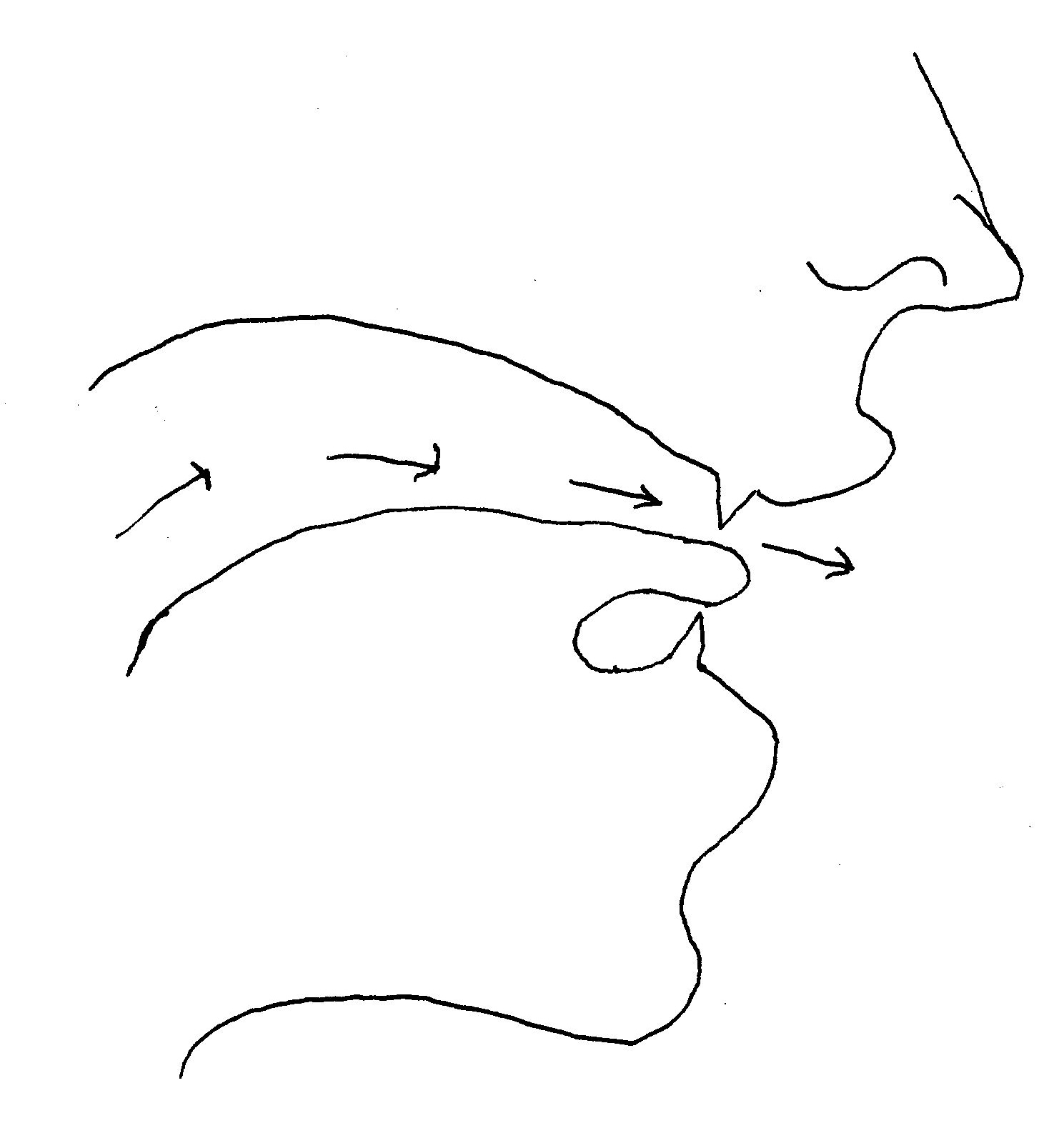Pronunciation of the Schwa Sound
The schwa sound is the most frequent sound in English. It appears in nearly every word, therefore, it is of paramount importance that students can hear and produce this sound correctly. To help them I have prepared this post. You will find several exercises to help your students produce and hear the schwa sound. <!–…

